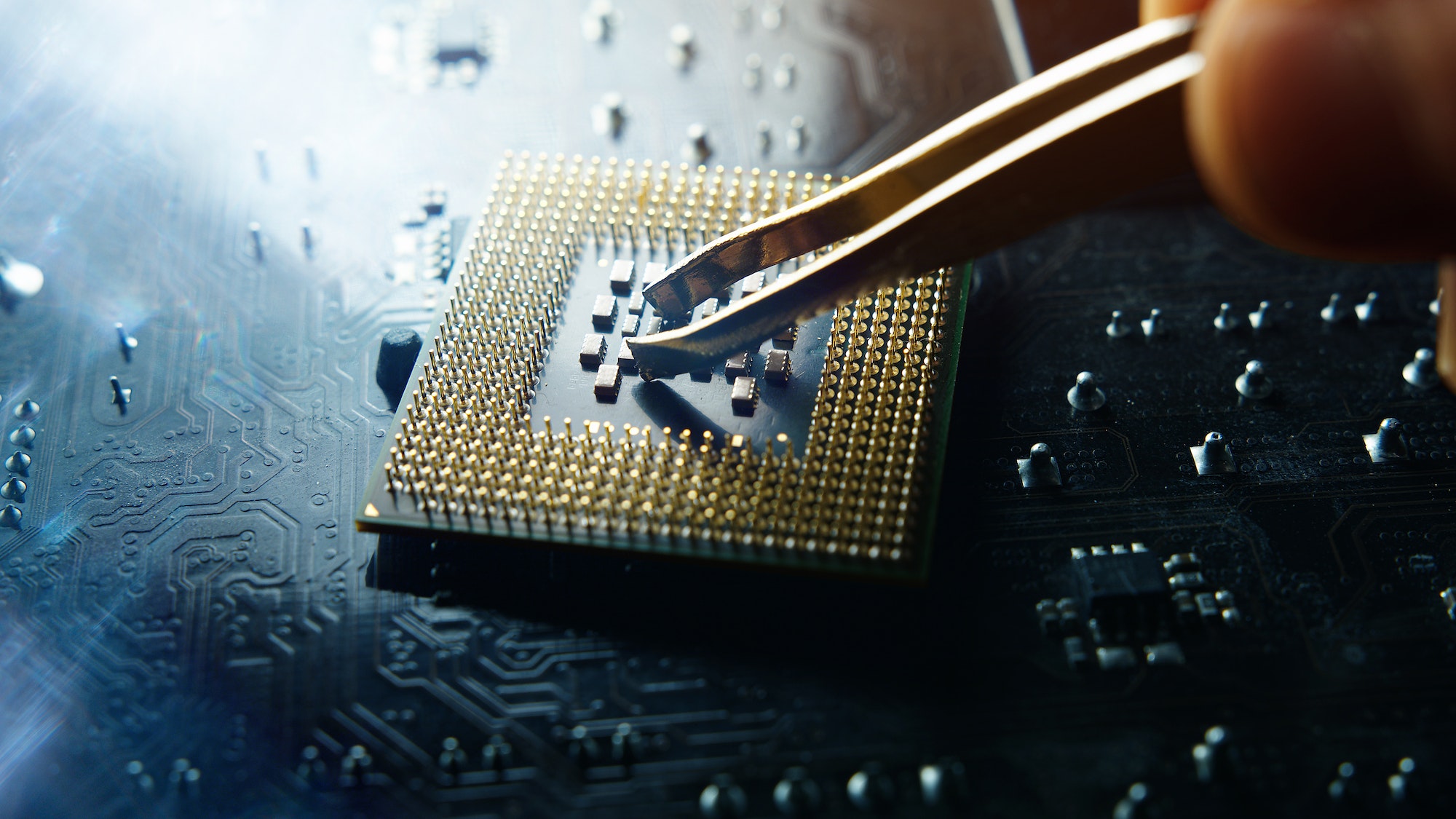AI is advancing fast, and for this tech to grow, we need powerful chips. But guess what? There’s a shortage of these chips right now! This shortage is causing a lot of challenges for companies trying to develop cool AI tech. Let’s break down what’s happening.

Why Can’t We Get Enough Chips?
A lot of the advanced things AI does need a special type of chip called a GPU. These GPUs do all the heavy-lifting calculations to make AI work. Even big companies, like Microsoft, are saying that this shortage is a problem. Because of this, companies are struggling to produce AI tools, and businesses and regular users who want to use AI tech are having a hard time too.
Even the Big Players are Feeling It
OpenAI, one of the big names in the AI world, also has problems because of the GPU shortage. Their CEO, Sam Altman, talked to the US government about this. He mentioned that even their chatbot tool faced challenges because of the limited number of GPUs.

Not Just Any GPU, But Super-Powerful Ones!
During the pandemic, there was a shortage of regular GPUs. But now, the shortage is mainly about super powerful GPUs that are vital for really advanced AI stuff. Even though companies are making as many as they can, they can’t keep up with how many people want them. A top executive at Moody’s said that the demand for AI grew super fast, and the industry just wasn’t ready.
Nvidia: The Big Winner?
One company that’s benefiting big time from all this is Nvidia. They make a lot of the GPUs people want and control a huge part of the market. People think Nvidia will earn a lot more money because of this, and the company is trying its best to make more GPUs to meet the high demand.

A Key Puzzle Piece: The Silicon Interposer
Another problem? Making GPUs need a part called the silicon interposer. There’s a shortage of this part too. The US government wants to make more chips in the country, which might help in the long run, but it could still be a couple of years before things get better. So, companies are getting creative to deal with this.
Good News: Shortage = Innovation
Since there aren’t enough chips, companies are thinking outside the box. They’re making smaller AI models that don’t need as much power and looking at new ways to do calculations without needing traditional CPUs and GPUs. This could lead to some awesome new AI tech in the future!
To wrap it up: The chip shortage is a big headache for the AI world. But, like in any challenge, it’s also pushing people to think differently and come up with new ideas. So, even though things are tough now, it could lead to even cooler AI advancements in the future!

Frequently Asked Questions (FAQs)
1. What’s the chip shortage all about?
The chip shortage refers to the current scarcity of powerful chips (especially GPUs) that are essential for running advanced AI tasks.
2. Why are these chips (GPUs) so important?
GPUs handle the intense calculations needed for AI. They’re like the “muscles” that power AI’s brain, helping it think, learn, and function.
3. Did the pandemic play a role in the chip shortage?
Yes, during the pandemic there was a shortage of regular GPUs. But now, the shortage is more about the super-powerful GPUs needed for advanced AI.
4. Which big companies are affected by this shortage?
Many big names like Microsoft and OpenAI have voiced concerns about the shortage. They’re finding it challenging to meet the rising demand for AI services and tools.
5. Is there any company benefiting from the chip shortage?
Nvidia seems to be a significant beneficiary. They’re a major player in the GPU market and are seeing a surge in demand for their products.
6. What’s the silicon interposer, and why is it important?
The silicon interposer is a part used in making GPUs. It connects standalone computing chips with memory chips. There’s a shortage of this part too, adding to the problem.
7. How are companies dealing with this shortage?
Companies are getting innovative. They’re designing smaller AI models that need less power and exploring new computational methods that don’t rely as heavily on traditional chips.
8. When can we expect the chip shortage to end?
The US government is taking steps to increase chip manufacturing. But, realistically, it might take a couple of years before we see a significant improvement.
9. Does this chip shortage mean AI advancement will slow down?
While the shortage presents challenges, it’s also pushing companies to innovate. So, we might see different kinds of advancements, but AI’s growth and development will likely continue.
10. Why should an average person care about the chip shortage?
The chip shortage affects many tech products and services we use daily. If AI tools and products are delayed or become more expensive, it could impact various sectors, from entertainment to healthcare.
Sources CNN Business


